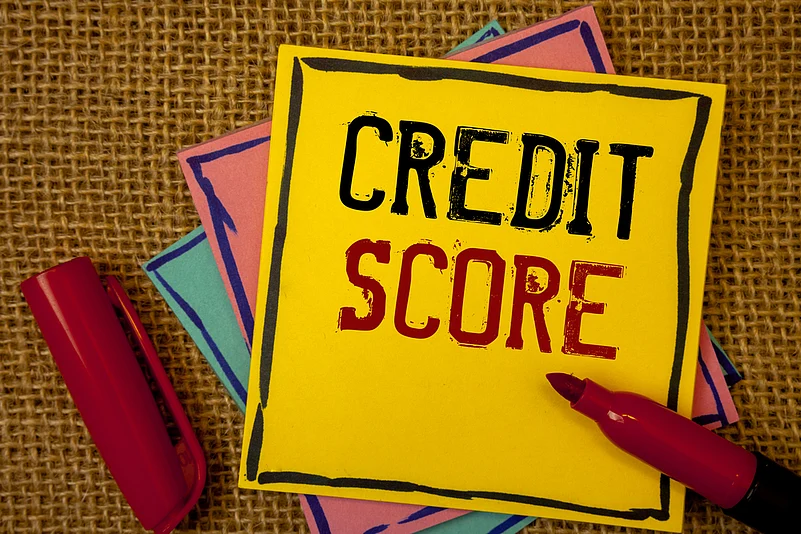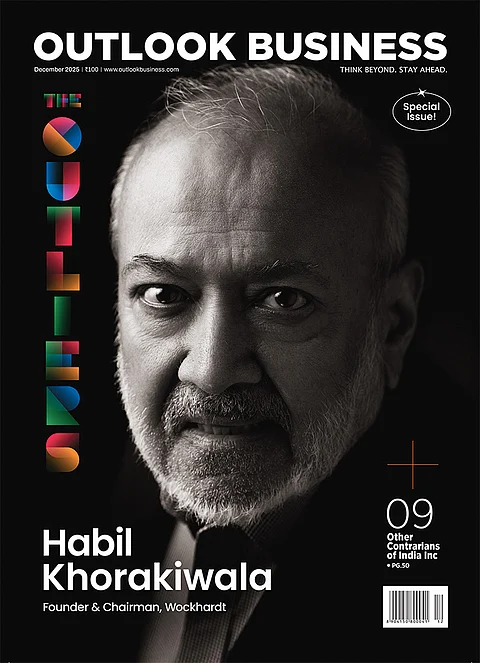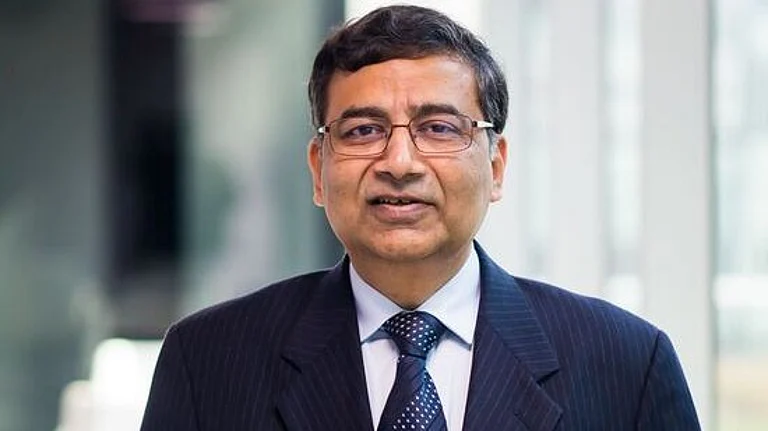It goes without saying that credit drives consumption—and this isn’t something that the world first learned through the Buy Now Pay Later scheme introduced by fintech and consumertech. Credit has been around since the genesis of business, possibly soon after mankind evolved the barter system.
Credit cards have proven Milton Friedman’s consumption hypothesis true for us all to see. However, even if we look beyond consumption and consumerism, credit has driven production or business—from mom-and-pop stores or Kiranas to large corporations. Credit is as relevant as capital, if not more, when it comes to business.
While a conservative view implies that the more things change, the more they remain the same, it isn’t possibly true for credit. The nature of credit and its essential character and persona could be the same.
But, in both consumer and commercial credit, there have been many innovations in distribution, structuring, and most importantly, underwriting, among other things. The evolution from store credit or Kirana Khata to P2P lending prove that the credit industry evolves in parallel to business and way of life.
Credit Underwriting Frameworks – The Importance of Credit Scoring
Credit underwriting has evolved from Maximum Permissible Bank Finance for small businesses to Debt Burden Ratio and Fixed Income Obligation Ratio for individuals. Information asymmetry between lenders and borrowers has also been significantly reduced by the financial information infrastructure today.
Credit reporting today is a critical pillar of a country’s financial infrastructure; it helps credit bureaus and registries provide lenders with the information they need to evaluate credit worthiness. Many studies have found that access to credit has grown many times after credit reporting systems were introduced.
For instance, India’s first credit bureau, TransUnion CIBIL, maintains credit information of more than one billion individuals and commercial entities, providing just as many parties access to credit. Many more credit bureaus offer the same kind of service not just in India, but the rest of the world, further providing millions of individuals and businesses access to credit. However, with all of this, there are still many gaps in the existing credit frameworks.
Addressing Gaps in Credit and Credit Scoring
Data from the World Bank’s Doing Business 2020 report revealed that 83 per cent of adults in the top 20 countries on the Getting Credit indicator are covered by either a credit bureau or registry. The average coverage in the bottom 50 countries, however, is only at 10 per cent. Credit registries and bureaus in developing economies also tend to collect less comprehensive information with comparatively low coverage, thereby limiting businesses’ access to credit.
Over two billion adults are still financially excluded not just from credit, but also from the formal banking system. In India, the government continuously strives to bank the unbanked. However, there is low bank account usage in the country given that cash is still king and many individuals are still illiterate about the banking system, including credit, credit scoring, and lending. Around 83 per cent of opened accounts have seen at least one transaction in a year. Analysts concurred that account holders are not necessarily using the accounts to deposit their savings or carry out other transactions.
Advancements in credit reporting and scoring such as bringing in data from utilities, telco, rental payments, and open banking interfaces have undoubtedly tried to bridge the gap. However, the fact remains that a large percentage of the population cannot be scored by conventional credit scoring frameworks.
Solutions to Credit Scoring Woes
In recent years, many solutions have been made available to improve traditional credit scoring processes. For instance, alternative credit has transformed the process of lending. The consumer lending spectrum has become more granular and credit marketplaces have further shifted the scales to the benefit of borrowers who can choose the credit product that suits their requirements.
Lending has also shifted online through smartphones and the web, making digital or app-based lending and neo-banks a reality beyond science-fiction. While credit has evolved, credit scoring continues to be an area of focus for fintech companies and conventional lenders.
Alternative data such as utility or rent payments have an inherent presumption that the borrower is the subscriber of these services which may not be true. Telco usage alone may also not be a reliable or accurate indicator of consumption or repayment capacity.
Open banking APIs address the ability to repay. However, the availability and adoption of open banking APIs remains to be a challenge in most countries. Legal regulations on open banking exist only in a handful of countries.
Conventional credit scores, while addressing probability of default, are largely indicative of ability to pay, regardless of the lender. On the other hand, fintech and digital lenders have the need to monitor performance over shorter tenors and innovative online credit products such as ones with daily repayments. This is where the conventional credit scores need to be augmented with other instruments and tools as part of the credit underwriting framework.
It is no longer sufficient to predict probability of default over 6 or 12 months and across lenders. Fintech and digital lenders have no equivalence with conventional credit products in the age of BNPL and credit lines, highlighting the need for alternative credit scoring.
In relation to credit scoring, solutions for credit reporting can also help address several problems. According to the World Bank, several new technologies that enable better identification, transacting, networking, sharing, hosting, and other capabilities have emerged and created implications for the credit reporting industry.
Technologies such as advanced computing, biometrics, and blockchain can be used to improve delivery of credit scoring services, authenticate identity, and record and synchronize transactions and data across a distributed network of different network participants.
In this day and age, technology is undoubtedly the saving grace for many of mankind’s problems, including finance. As the world and the finance and credit industry continue to evolve, it’s only a matter of time for everyone to adopt digitization and innovation.
The author is Senior Director – Global Presales and Solution Consulting, CredoLab
DISCLAIMER: Views expressed are the author's own, and Outlook Money does not necessarily subscribe to them. Outlook Money shall not be responsible for any damage caused to any person/organisation directly or indirectly.

























